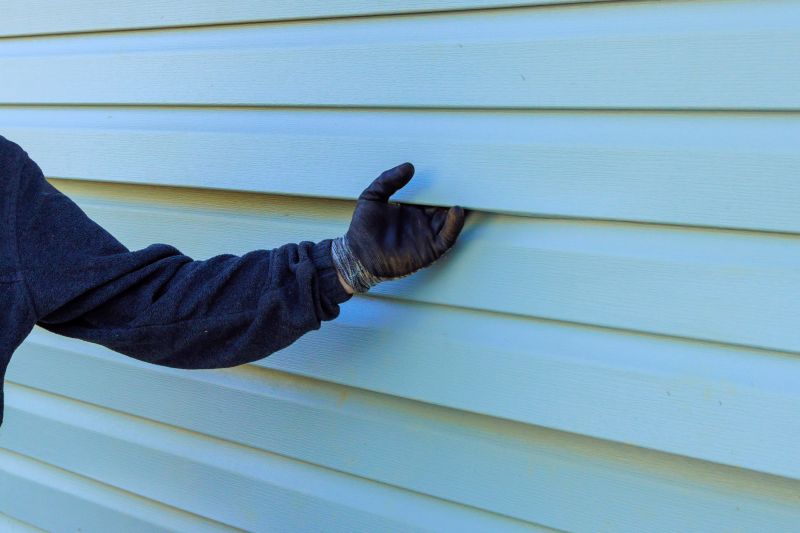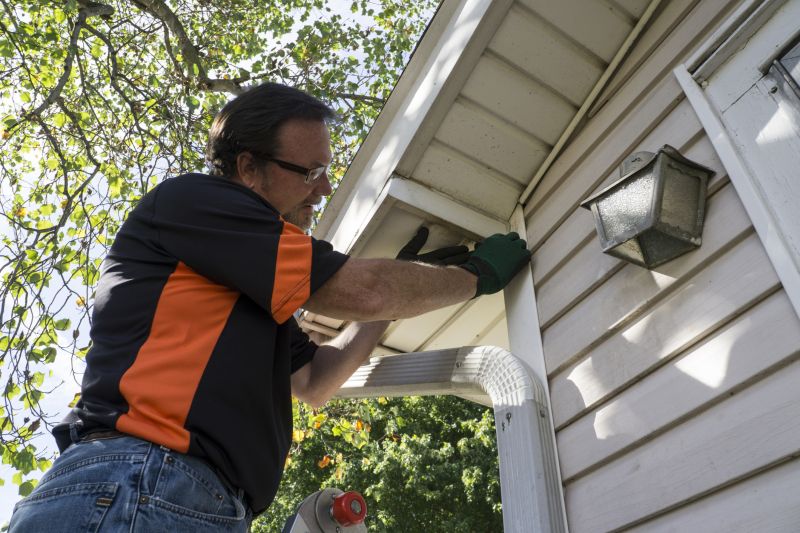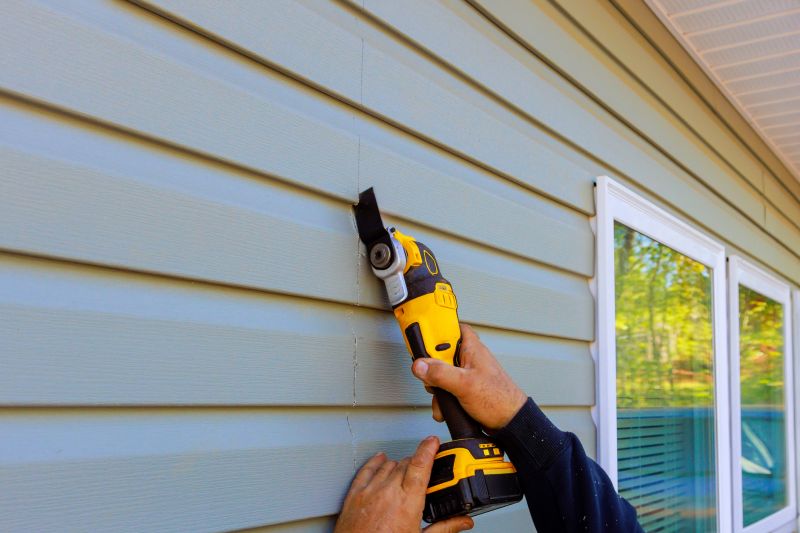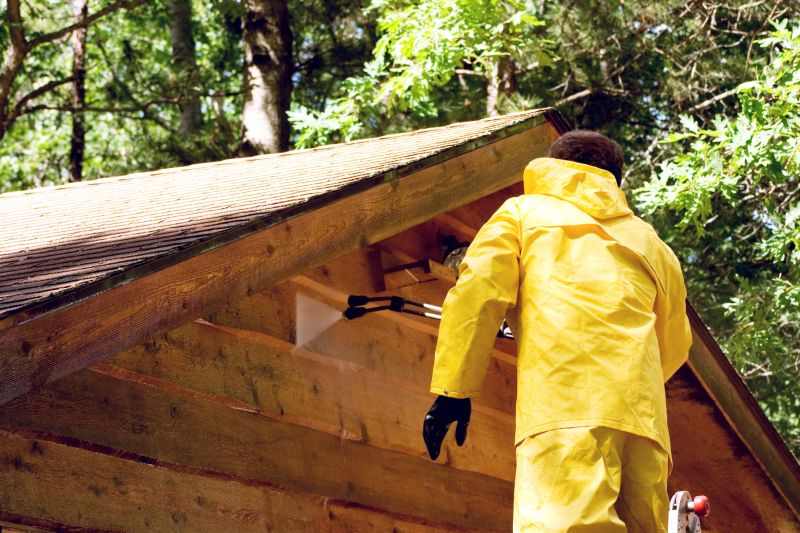Best Timing for Siding Services
Siding service can enhance the appearance and durability of a building's exterior. The optimal timing for this work depends on various factors including weather, temperature, and project scope. Proper scheduling ensures the siding is installed or maintained under conditions that minimize issues like warping, cracking, or moisture intrusion.
Spring offers moderate temperatures and longer daylight hours, making it ideal for siding installation and repairs.
Summer provides warm weather, but high humidity and heat can affect certain siding materials and installation processes.
Fall's cooler temperatures and lower humidity levels create favorable conditions for siding work before winter.
Winter is generally less suitable due to cold temperatures, snow, and potential for moisture-related issues, unless conditions are carefully managed.

Spring's moderate weather supports efficient siding installation with minimal delays.

Summer allows for thorough inspections and repairs, provided weather conditions are suitable.

Fall is ideal for installing or repairing siding to prepare for winter conditions.

Ways to make Siding Service work in tight or awkward layouts.

Popular materials for Siding Service and why they hold up over time.

Simple add-ons that improve Siding Service without blowing the budget.
| Season | Best Practices |
|---|---|
| Spring | Schedule siding work early to avoid spring rains and ensure materials set properly. |
| Summer | Plan for cooler parts of the day to avoid heat-related issues during installation. |
| Fall | Complete siding projects before temperatures drop significantly. |
| Winter | Limit siding work to essential repairs if weather permits, avoiding extreme cold. |
Siding service is a vital aspect of building maintenance that can significantly impact a property's exterior appearance and structural integrity. Proper timing ensures that siding materials are installed or repaired under conditions that promote longevity and optimal performance. Weather plays a crucial role in scheduling, with moderate temperatures and dry conditions being most favorable.

Spring offers the best conditions for siding installation and repairs.

Summer is suitable for inspections and minor repairs with proper planning.

Fall is ideal for completing siding projects before winter sets in.

Winter work is limited to urgent repairs due to weather constraints.
Choosing the right time for siding service can prevent delays and ensure high-quality results. Weather conditions such as temperature, humidity, and precipitation are key factors influencing scheduling. Proper planning can lead to longer-lasting siding and fewer issues over time.
Interested parties are encouraged to contact for more information or to schedule an assessment. Filling out the contact form can facilitate planning and ensure siding projects are completed under optimal conditions for durability and appearance.


